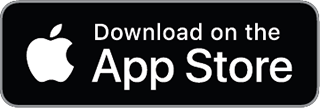Long Beach Peninsula surf forecast guide
Long Beach Peninsula is a popular surf spot situated on the coast where you can catch some waves without feeling too crowded. Accessing the area is pretty straightforward; if you’re coming from U.S. Highway 101, just take state Highway 103, which turns into Pacific Way through Long Beach. For the Columbia River North Jetty, you'll take the Highway 100 Loop from Ilwaco, following the brown signs, and it’s about a mile from the entrance kiosk. Plus, day use is free. You’ll find that the vibe here is very laid-back, and you might not see many other surfers.
The surf here is generally fun, handling swell sizes from about 1 to 2.1 meters (3 to 7 ft) and breaking over sand, which makes for a friendly wave for surfers of different levels like beginners, intermediates, and experts. The ideal swell directions come from the South, SouthWest, and West, while the preferred wind directions are from the NorthEast to EastSouthEast. High tides work best here, so timing your sessions is key. Expect thigh to head-high waves, depending on the conditions, which are usually best between June and August.
The overall environment at Long Beach Peninsula is quite clean, and you don’t have to worry about any significant hazards. With a crowd factor that's practically non-existent, this spot offers a chill surf experience. Whether you’re riding a shortboard, funboard, longboard, or fish, you’re likely to find something to enjoy on the waves.

